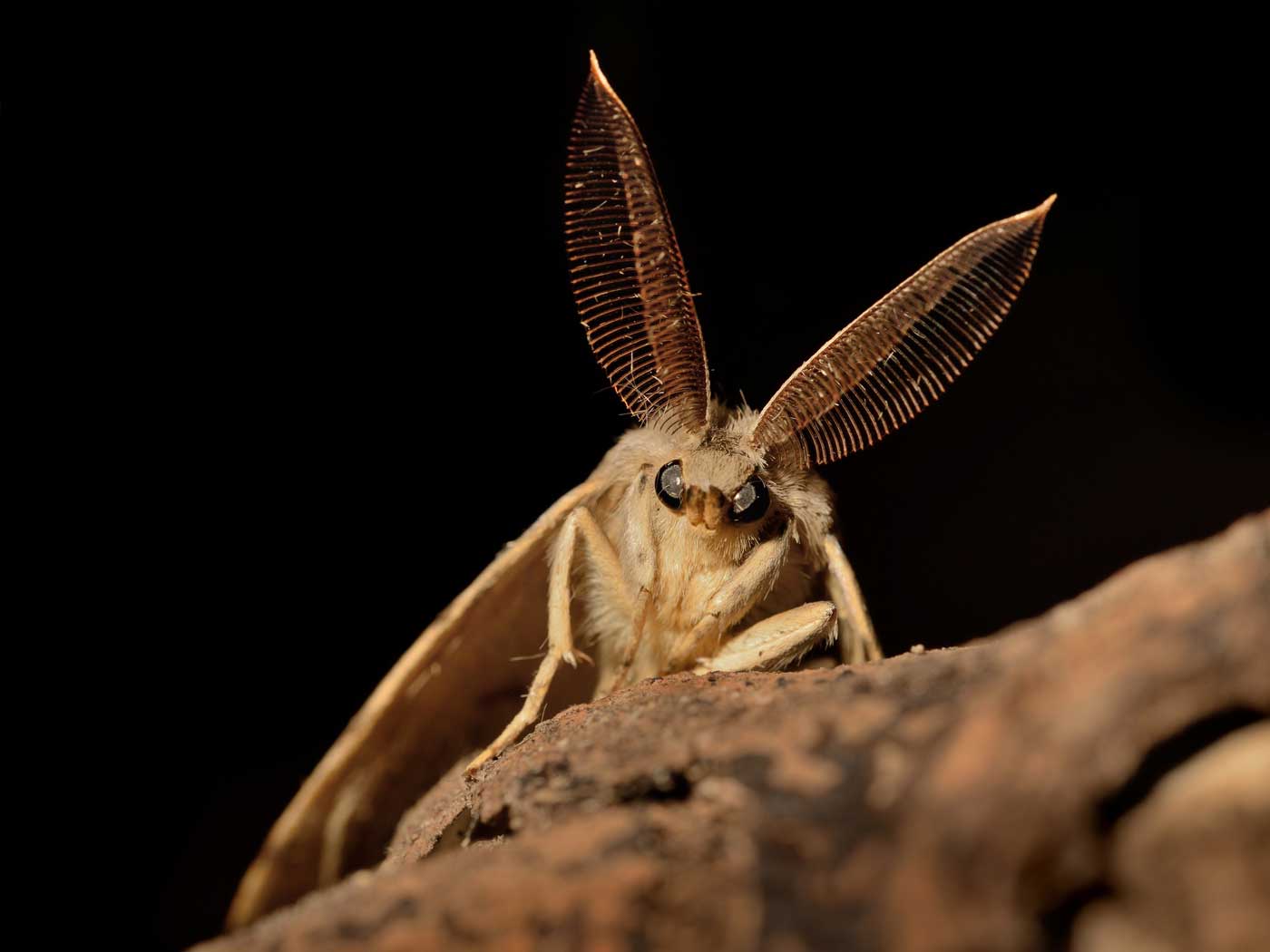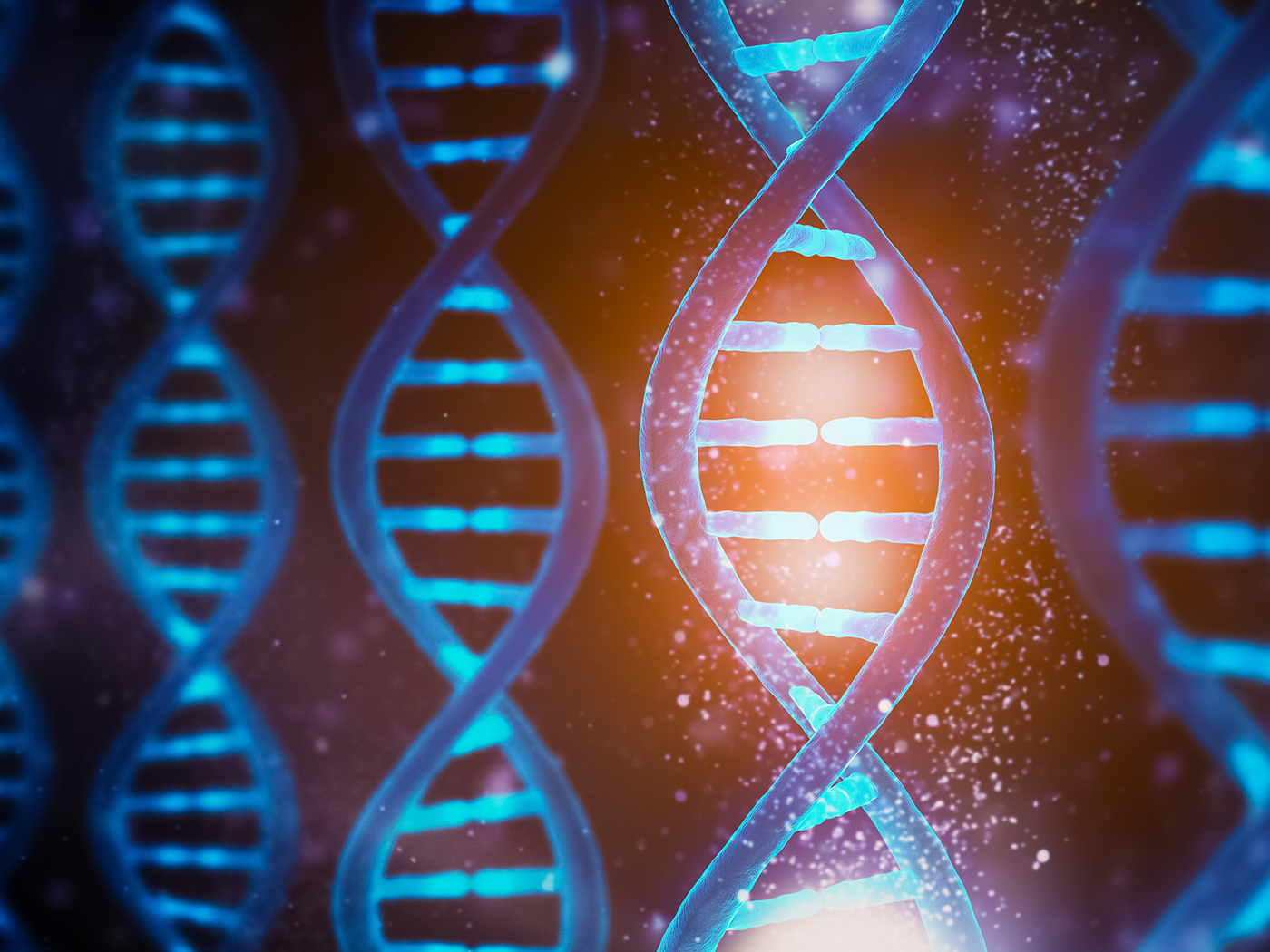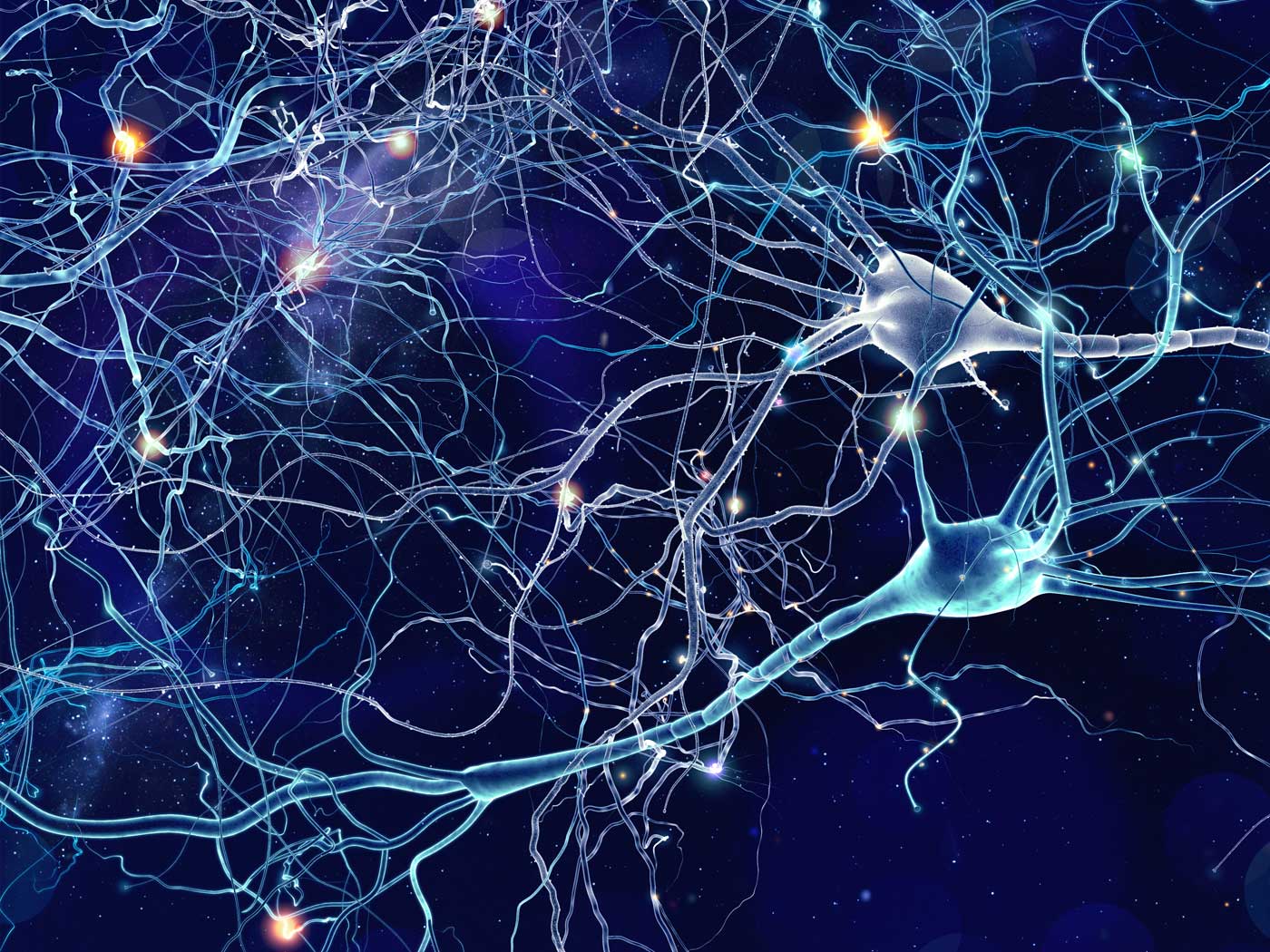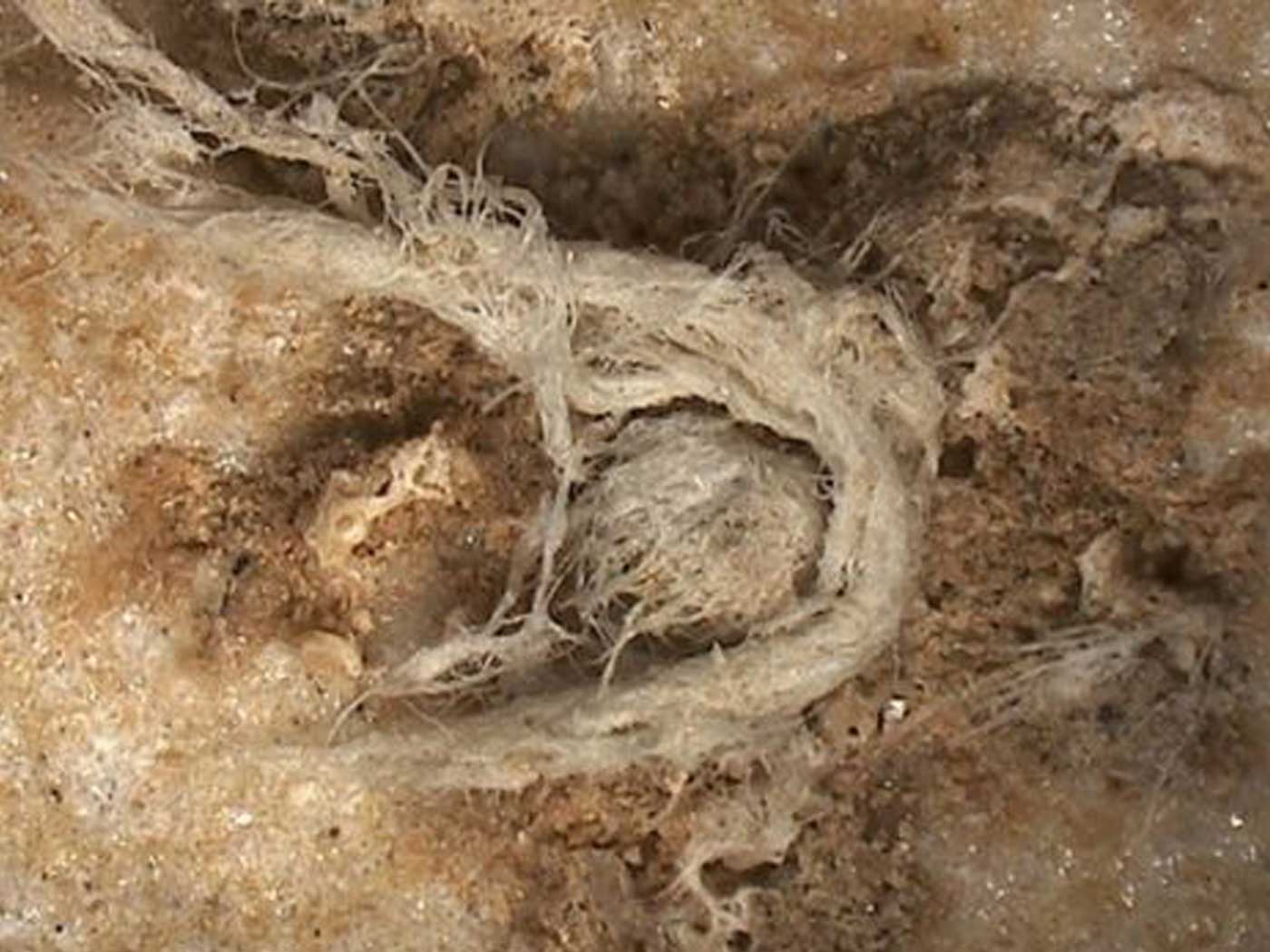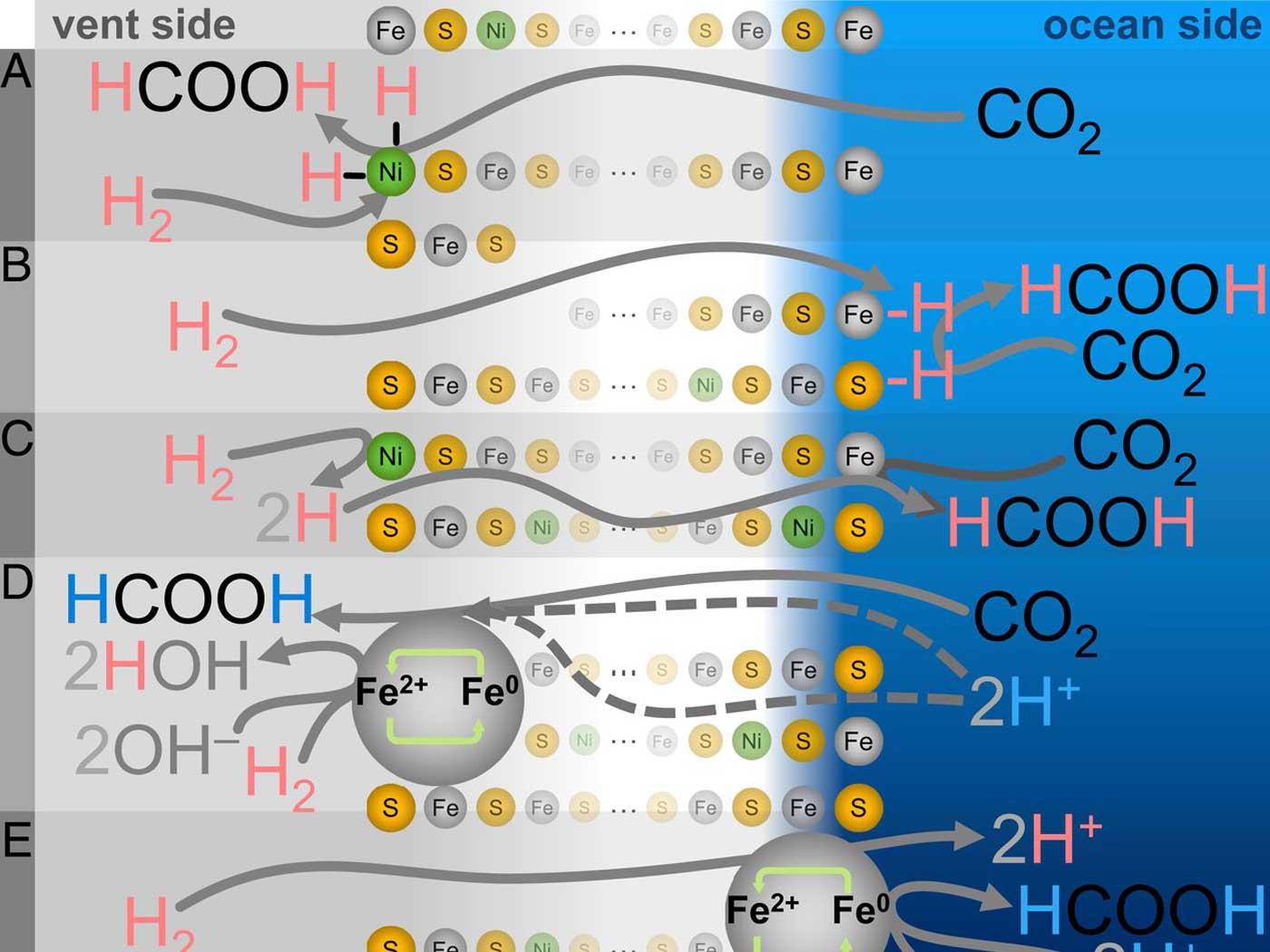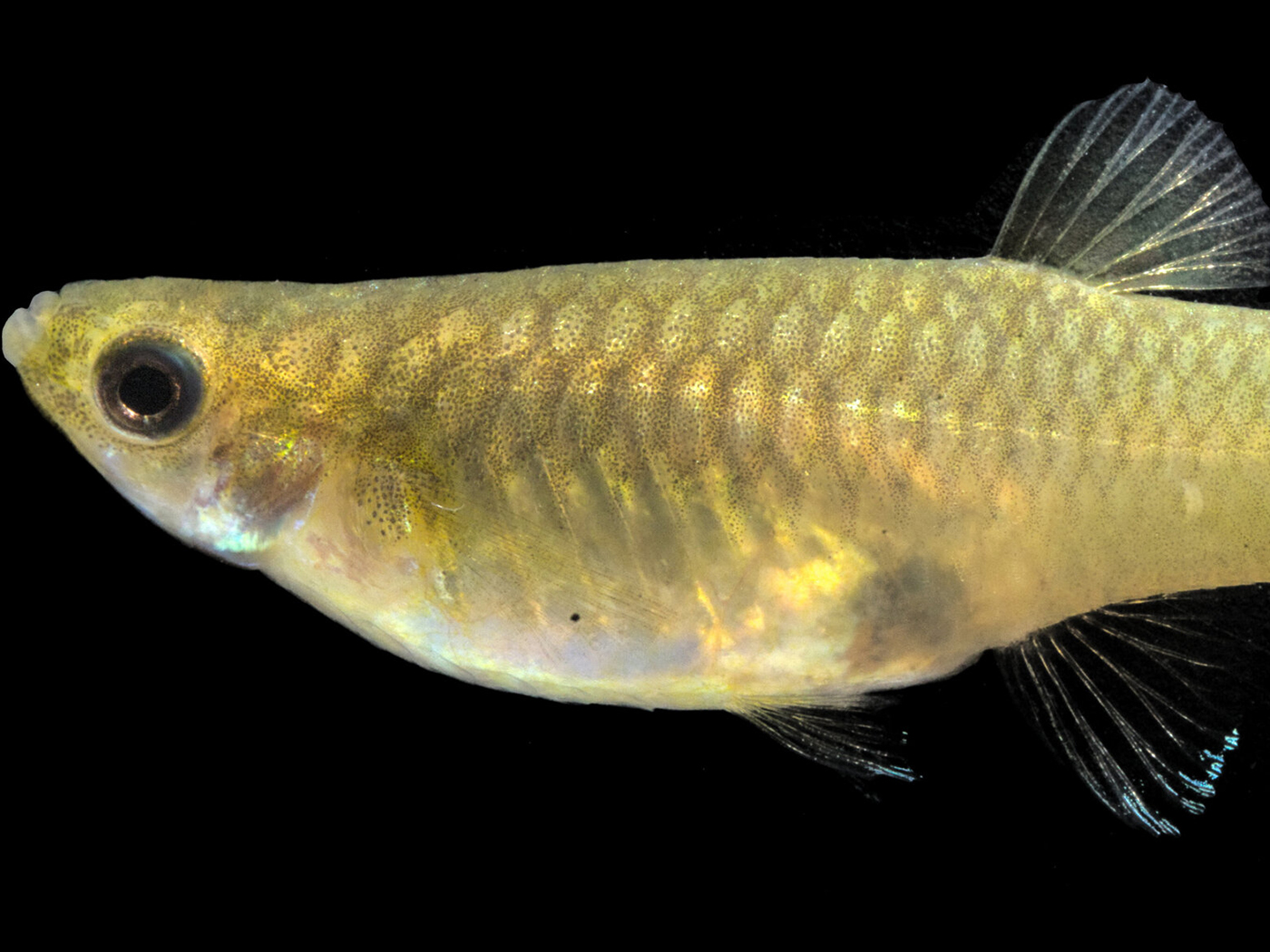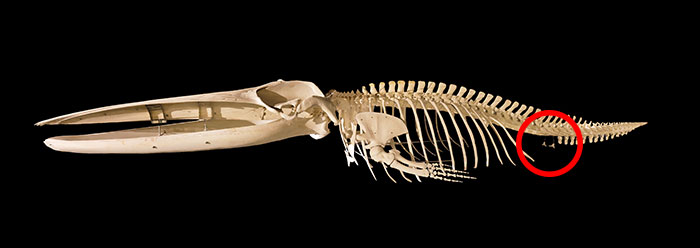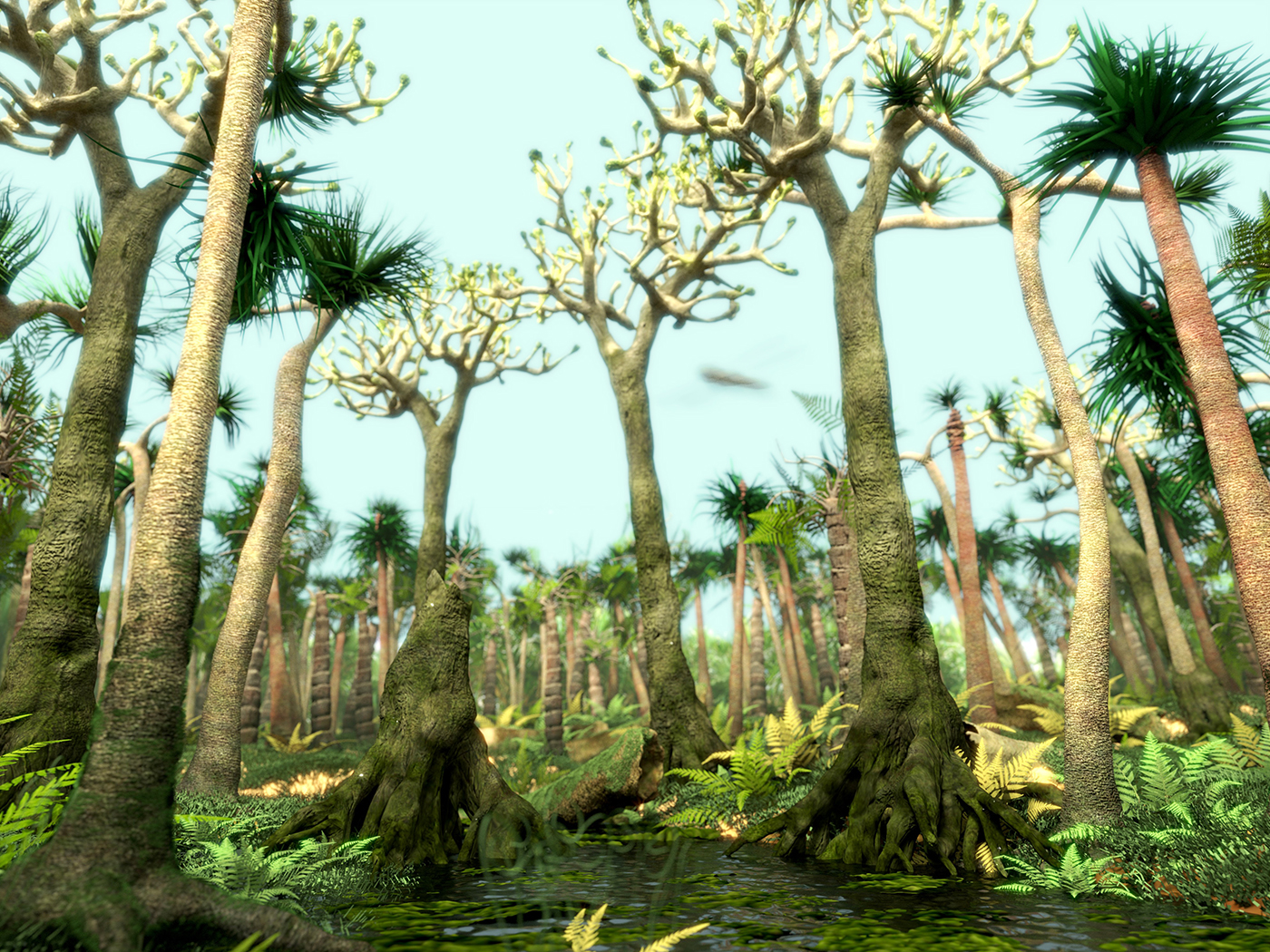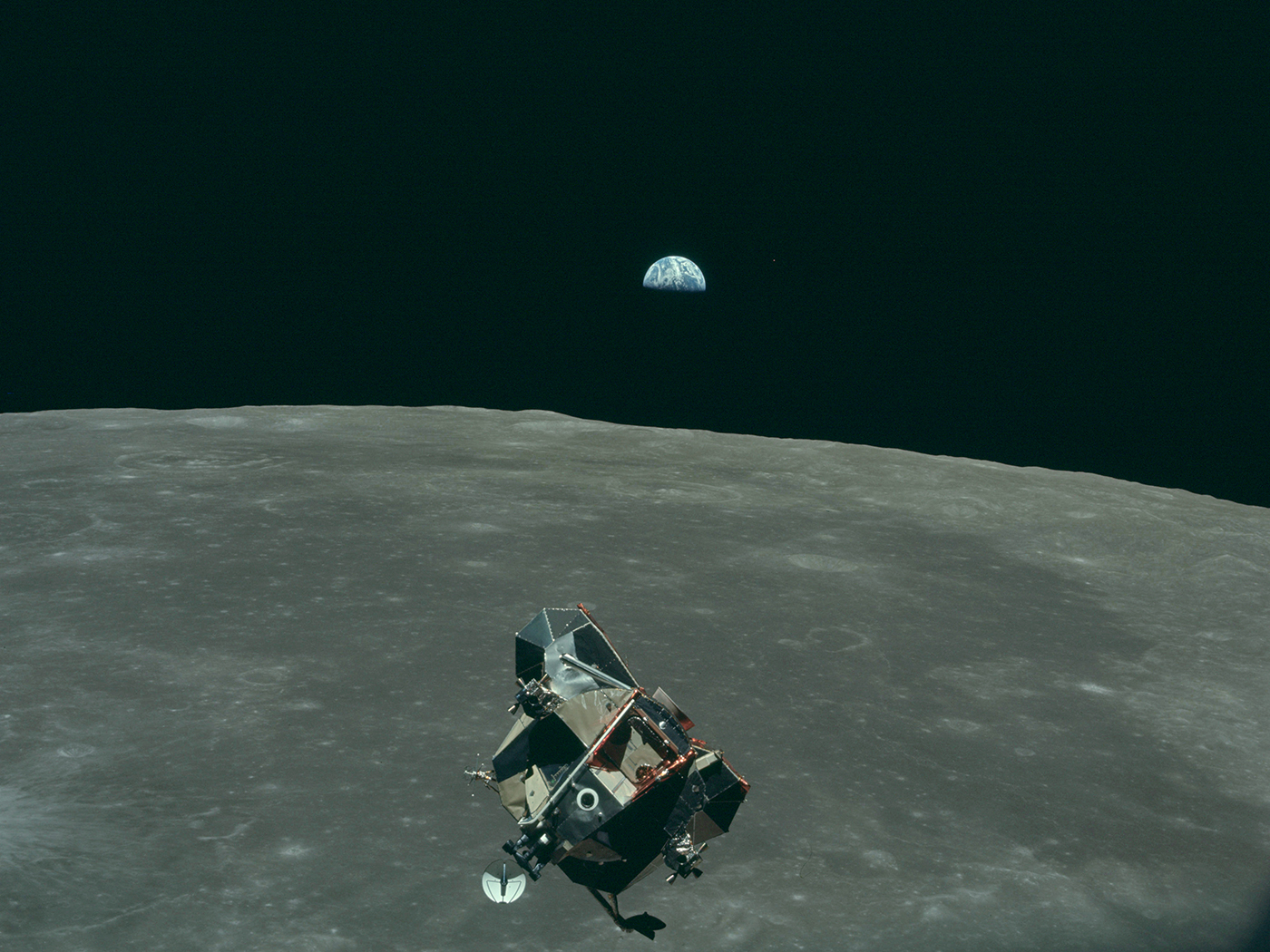Brain researchers from San Diego State University have just reported digitally capturing the dense folds of a preserved human cerebellum using a high resolution MRI device.1 Once thought to merely coordinate rote body movements, these brain folds contain newly revealed design features that challenge conventional concepts of where the human brain came from.
The cerebellum, which literally in Latin means “tiny brain,” lies nearer the center of our heads, beneath the larger cerebral cortex. Sheets of nervous tissue fold hundreds of times within a cerebellum, but how big are those sheets? The SDSU team has designed software to digitally unfold the MRI-scanned tissue layers.2
Their new map shows that the tissue comprising the human cerebellum would unfurl into two sheets, each three-feet long and four inches wide. Its total surface area makes up a whopping 78 percent of the larger cerebral cortex. In other words, the cerebellum has many more folds than the cerebral cortex. What’s more, the team found that those folds cross one another in patterns unique to humans. They published their results in the Proceedings of the National Academy of Sciences (PNAS).1
The study authors also scanned and digitally unfolded a macaque (monkey) cerebellum for comparison to the human one. They found fewer folds and fewer cross-touching folds in the monkey brain. Plus, the macaque cerebellum makes up only about 30 percent of its own cerebral cortex.
What function do the uniquely large and uniquely folded membranes serve in humans as opposed to primates?
Patches of nervous tissue within the cerebellum connect with various body parts. Lead author and brain expert Martin Sereno described this connection to SDSU NewsCenter saying, “You get a little chunk of the lip, next to a chunk of the shoulder or face, like jumbled puzzle pieces.” The significance, according to Sereno, is that, “when you think of the cognition required to write a scientific paper or explain a concept, you have to pull in information from many different sources. And that’s just how the cerebellum is set up.”2
So, the cerebellum “is set up” (not jumbled) specifically to enable people (not primates) to think abstractly and logically. Using similar words in their PNAS report, the team wrote, “The peculiar cerebellar style of computation, in which small internally organized patches from distant sources are brought together like a jumbled picture puzzle, might be able to help with higher-level computations, such as those involved in language or abstract reasoning.”1 Thus, our uniquely human attributes of computing, language, and reasoning quite likely require the precise and intricate fold patterns unique to the human cerebellum.
How did these “internally organized patches” get organized? In the real world, organization—the coordination of various parts to fit and function for a purpose—always happens on purpose. However, the SDSU team credited evolution with this innovation.3 In typical fashion, they offered no evidence that any of evolution’s natural processes could or would organize brain matter into complicated functional folds.
Crediting an actual being like a Creator more realistically explains the brilliance, foresight, and technical expertise obviously required to organize the human cerebellum and integrate it with human body function.
References
1. Martin I. Sereno et al., “The human cerebellum has almost 80% of the surface area of the neocortex,” Proceedings of the National Academy of Sciences 117, no. 32 (July 28, 2020): 19538-19543, https://doi.org/10.1073/pnas.2002896117.
2. Nagappan, P. ‘Little Brain’ or Cerebellum Not So Little After All. San Diego State University NewsCenter. Posted on Newscenter.sdsu.edu July 31, 2020, accessed August 4, 2020.
3. Sereno told SDSU NewsCenter, “The fact that it has such a large surface area speaks to the evolution of distinctively human behaviors and cognition. It has expanded so much that the folding patterns are very complex.” See Nagappan, P. ‘Little Brain’ or Cerebellum Not So Little After All. San Diego State University NewsCenter. Posted on Newscenter.sdsu.edu July 31, 2020, accessed August 4, 2020.
*Dr. Brian Thomas is Research Associate at the Institute for Creation Research and earned his Ph.D. in paleobiochemistry from the University of Liverpool.
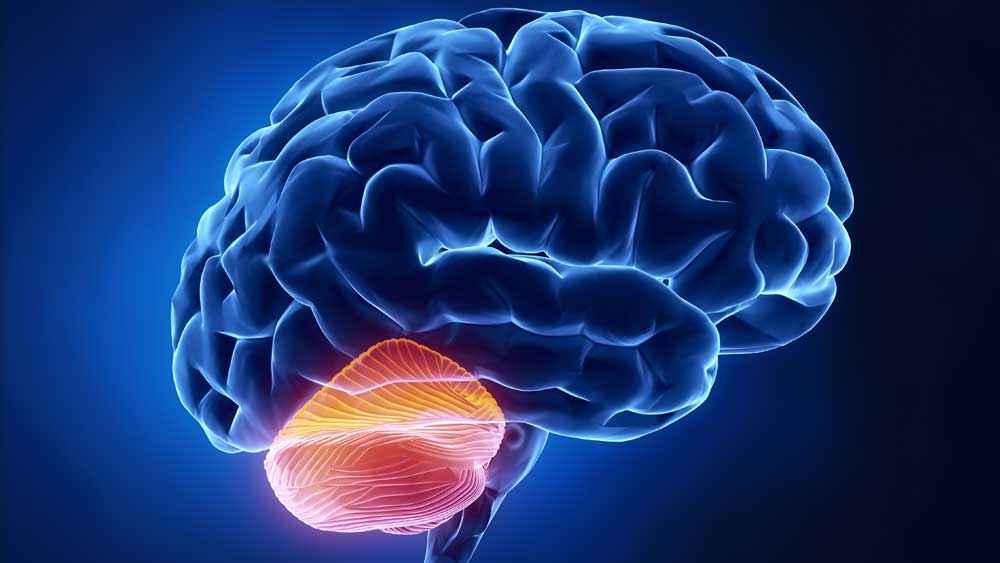
Human Brain Research Finds New Folds
The Latest
CREATION PODCAST
Four Moons That Indicate a Young Universe | The Creation Podcast:...
Earth has one moon, but Jupiter has many! What can we learn from our celestial neighbor's satellites? Do they indicate youth?
Host...
Creation Kids: Seeds and Sprouts
by Renée Dusseau and Susan Windsor*
You're never too young to be a creation scientist and explore our Creator's world. Kids, discover...
APOLOGETICS
Christ’s Creativity in Canyon Critters
Grand Canyon animals display many marvelous traits and behaviors as they live life in that harsh habitat. These canyon creatures succeed thanks to the...
Standing Against False Science
I’m Michael Stamp, and I’m in my 12th year as an editor at the Institute for Creation Research. It’s always an encouragement to see...
Oysters and Pre-Flood Longevity
The oyster species Crassostrea virginica, also known as the eastern oyster, is a prized seafood. Research has demonstrated that a fossil version of...
Galápagos Finches: A Case Study in Evolution or Adaptive Engineering?
A group of birds known as Darwin’s finches live in the Galápagos Islands, which are located in the Pacific Ocean 600 miles west of Ecuador....
Hot Springs National Park: Hydrothermal Springs Formed By The...
Hot Springs National Park is located about an hour southwest of Little Rock in the folded Ouachita Mountains of central Arkansas. It is the second smallest...
Why Biology Needs A Theory of Biological Design—Part 2
“Based on a true story” is included by movie producers to add authenticity, importance, and a flair of anticipation. So, my account of how...
Marine Fossil Tapeworm Is Still a Tapeworm
The Flood was both sudden and rapid. The burial of creatures—including delicate plants and soft-bodied animals like jellyfish1—occasionally...
CREATION.LIVE PODCAST
Ask, Seek, and Find with Dr. Brown | Creation.Live Podcast: Episode...
What is truth? Is truth absolute? Is it malleable as sensibilities and cultures shift?
Hosts Trey and Lauren are joined by Dr. Michael Brown to discuss...




